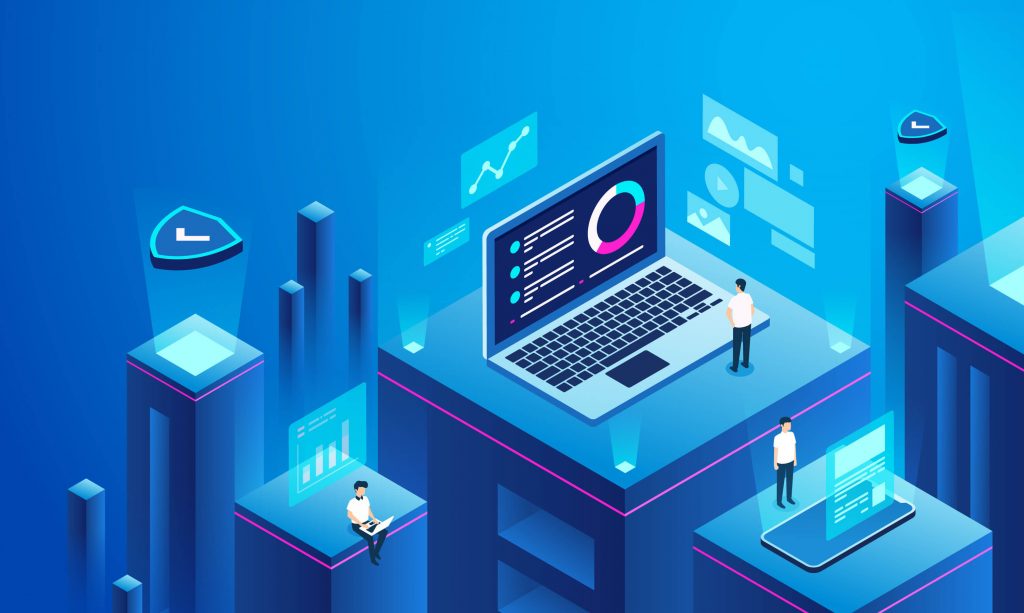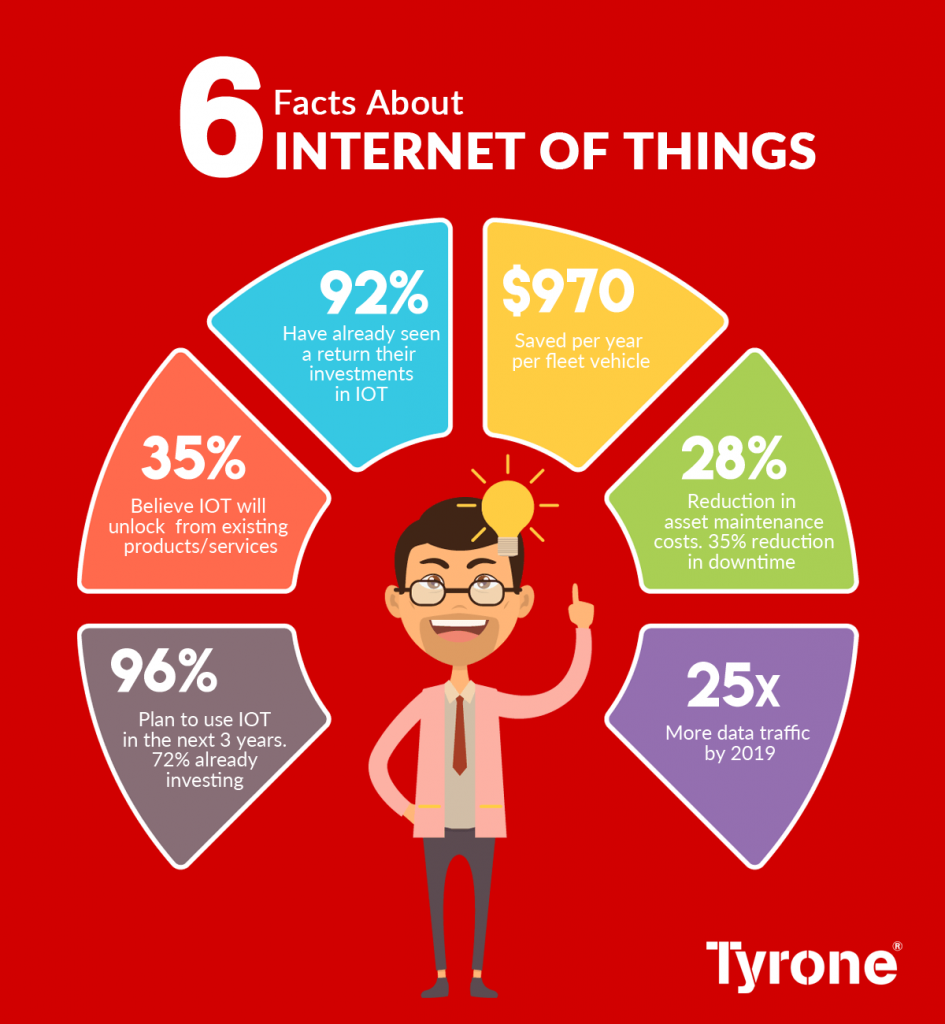Last Updated on March 31, 2023

This year, we have seen a plethora of business advancements in 2021, which has seen a rise of technology within the business sector. The trends for 2021 have been varied, yet in 2022, we are likely to see this move one step further. We have seen trends such as AI, Cloud solutions, and remote operation (autonomous working and remote working).
It is expected that artificial intelligence will be implemented in a wide range of information such as videos, voice, images, data analysis and even, from the point of view of companies, predictive models based on AI that can anticipate behavior can be implemented. It is estimated that at least 25 billion things will be connected by artificial intelligence throughout 2021, all the more reason to consider it as one of the main business technology trends in 2021 and for predictions in 2022. However, the scalability that AI could have for practical purposes is still unknown. We know an AI strategy will facilitate the performance of any company yet it is important to look at the changes and improvements that can come and in which industries they are likely to affect the most. Business technology is constantly advancing, therefore keeping on top of trends will allow a better transition.
The two main trends that will prevail in the next decade according to the World Economic Forum is that Industry 4.0 technologies will continue to progress and evolve, while the majority of governments and companies worldwide will maintain their course to achieve growth. Sustainable elements remain at the heart of forward-thinking businesses.

Remote work has been a huge trend this year. We have seen workers taking computers and phone systems home to continue their work remotely. But it is vital that these software and programs work perfectly in a remote location in order for a company to survive in a pandemic. In order for this to sustain its validity, companies have been seeking out new security programs in order to maintain safety.
Businesses are now aware of the threat posed by storing all their information on a single hard drive. This is not only a problem when it comes to managing all that information, it also leads to security, low efficiency, logistics, and productivity problems. The cloud itself has been a very important tool for businesses.
What’s new for 2022?
Businesses are focusing on a good digital strategy for 2022. In 2021, we saw the rise of digitization but we are still overcoming the teething problems. We are likely to see a large acceleration within the digitization process and virtualization in companies; removing the chance of human error but creating new jobs for workers within the sphere of technology. Gartner forecasts that “generative AI will account for 10% of all data produced in 2025, up from 1% today.”
Some of the likely IoT trends for 2022 include the following comprehensive list:
- Data Fabric: Simplifying data is a vital element that businesses are adhering to. Curating scalable data means there is less need for analytics, there is better information relating to demographics and business, and skilled personnel can tailor-make new strategies based on these findings. Data must be integrated in a flexible way and therefore this will remove the need for a dependent technical team. In addition to this, businesses can integrate their analytics with data to be more productive with their services and products.
- Cloud Platforms & CNPs: The cloud has been a boon for many businesses over the past two years. These safe spaces offer endless space, with the promise of secure data for all sensitive matters. CNP is likely to be a key structure in 2022 and offers higher levels of capability. Gartner believes that “these platforms will serve as the basis for more than 95% of new digital initiatives in 2025, compared to less than 40% by the end of 2021.”
- Autonomous systems: In the form of new software, physical or software systems that adapt to new environments and are able to modify in order to meet new targets. They will be adaptable even without software updates; they will be able to change, as needed, to ensure that remote work can continue without any errors.
- AI systems for purposeful work: AI-controlled applications will enable employees to work more and more individually and problem-solve in record time. This will take away strains within the company and help stimulate a new work strategy. Businesses can focus their time and efforts on new opportunities for companies. AI will be programmed to do what the business wants, when it wants it for optimum success.
- IoT: The IoT shows many faces and facets in companies. The most important IoT projects include applications in the field of quality control and logistics. This is followed by networked production systems and intelligent products. It turns out that the Internet of Things opens up a wide range of options for companies to digitize processes and activities.
What is IoT?
“The Internet of Things (IoT) is a system of interconnected computing devices, mechanical and digital machines, objects, animals or people that are equipped with unique identifiers (UIDs) and the ability to transmit data over a network without that human-to-human or human-to-computer interaction is required.” – IOT Tech Target.

One well known IoT technology is the use and integration of smart cars, smart homes or smart cities. The IoT is a form of information and communication technology. They work as a form of smart sensors and can communicate well with computers. Another example may be, communication between machines. For example, a printer can automatically reorder cartridges before they run out of ink. Or, a manufacturer can compare the data of all cars in a series with one another. The comparison makes it easier to see if certain values start to deviate and a warning before something breaks is possible. This is why it is a valuable asset for businesses. They are able to implement IoT trends to businesses to ensure systems work smoothly and data is therefore protected. As soon as data is recorded and stored, it can also be collected and compared.
How does the IoT work?
The Internet of Things only requires three main elements to simplify its meaning:
- A way to connect devices to other devices
- A way for devices to collect data from other devices
- A method by which devices can process this data and make decisions
You can think of an IoT platform as a set of tools that different devices can be used to connect and communicate with. A platform essentially is a collection of hubs, or a gateway device and the software will transmit the network data through business technology. This also improves connectivity for everyone. The three steps above can be simplified:
Thing: “Things” are physical elements with integrated sensors that are connected to the Internet. These objects send telemetry data.
Insight: These are the results of the processing and analysis of the raw data sent by the Things. For example: by calculating the number of cars that pass per minute, we can deduce the state of traffic on a motorway.
Actions: This is the automated or manual response to information reported by The Insight. For example: If the Insight shows that there are traffic jams, alerts can be sent to various systems such as highway bulletin boards or the various navigation applications used by motorists.

Top 10 IoT trends and predictions to look out in 2022
The biggest IoT trends are likely to manifest in 2022 and beyond.
1. BLOCKCHAIN
The term blockchain is a new concept and is known as a single registry; agreed and distributed in several nodes of a network that will continue in force in the coming years in various activities.
2. MOBILE COMMERCE OR M-COMMERCE
It is part of electronic commerce that is carried out exclusively through mobile devices such as smartphones or tablets. The processes will be specialized. With mobile commerce comes the need for device management. Device management is a vital step to ensure security is promptly implemented. Mobile Device Management (MDM) solutions, also known as MDM, offer brilliant benefits across all areas.

3. TELEWORK AND DISTANCE EDUCATION
Academic and work activities that are carried out remotely, preferably from home, will continue to be applied in a fixed or hybrid way. A smart device(s) can be used from a remote location and therefore enable workers to more effectively manage time.
4. ROBOTIC PROCESSING AUTOMATIZATION
It is all technology-oriented to the use of software, with the aim of reducing human intervention in the use of computer applications, especially in repetitive tasks. This reduces the risk of human error and will also cut down management costs.
5. ARTIFICIAL INTELLIGENCE
It is the combination of algorithms proposed with the purpose of creating machines that have the same capabilities as humans, with the aim of doing a variety of tasks. If we decide to develop an Artificial Intelligence that has greater intelligence, responsibility and scalability, we can make the most of learning algorithms and interpretation systems. In this way, we are able to create value more quickly and with a greater business impact. As Gartner already states, “it is essential to have new techniques that achieve smarter AI solutions, that require less data, with greater ethical responsibility and more resilience.”
6. DIGITAL TRANSFORMATION
Digital transformation is the change associated with the application of digital technologies in all aspects of human society, and especially in organizations. Accelerating business digital transformation requires entrepreneurs to step back and re-evaluate their plans. It’s about aligning the customer experience strategy with coordinated and detailed digitization plans of what needs to be done, by whom and when. To do this, having precisely identified the customer journey of your digital customer allows you a complete approach, for which tools such as the customer journey map is key.

7. FINTECH
It is a nascent industry in which companies use technology to provide financial services in an efficient, agile, comfortable and reliable way. They aim to expand bank penetration.
8. DATA ANALYSIS
It is the process by which raw data is analyzed in order to answer questions and reach practical conclusions that support an organization’s decision-making. Using predictive models and AI tools, we can run simulations that are based on real scenarios and information. Thanks to this, we obtain data on contexts that would be difficult, very expensive or impossible to test in physical environments. Big data is big money.
9. SOFTWARE DEVELOPMENT
Software development is generally considered part of the agile family of approaches, and is often used in combination with one or more other methods. Software on a smart device can also be upgraded to include better connectivity. In addition to its development, there is likely to be more outsourcing also.
10. ADVANCED MANUFACTURING OR INDUSTRY 4.0
It refers to a new business model in which the interconnection of integrated ICT systems both with each other and with the internet is key. The adoption of Industry 4.0 technologies and the training of personnel will be the greatest opportunities that industries, companies and governments will have in the next decade. Therefore, 2022 represents the next step to embrace technological transformation as an indispensable element for competitiveness, resilience, and development.
Conclusion
One of the most revealing positive results had to do with the pre-existing mentality shift towards global technology adoption. The latest World Economic Forum-Ipsos survey found that “the majority of the more than 23,000 adults from 28 countries surveyed online are especially optimistic about access to technology, digital tools, and training in the next 12 months.”
Under this scenario, the real challenge of expanding digital access by governments, companies and public policies, will be to promote the adoption of digital literacy skills, expand educational access and train the workforce so that their preparation matches with emerging and future job skills. The IoT is likely to continue to grow, seeing large benefits for businesses across all sectors. However, as always, data protection and security will remain the most vital element of business technology.
